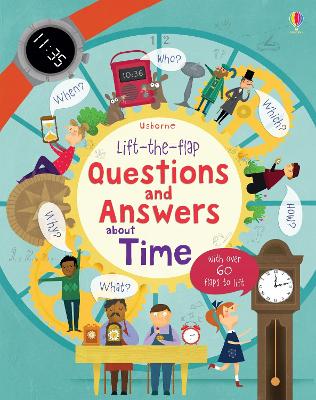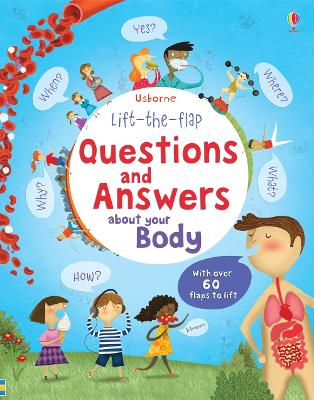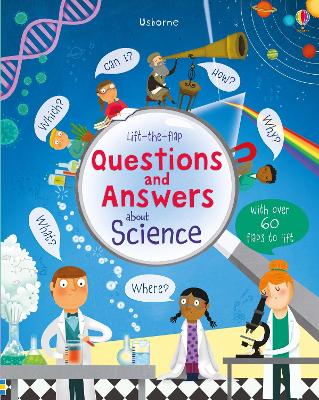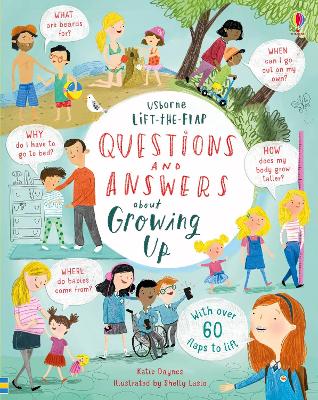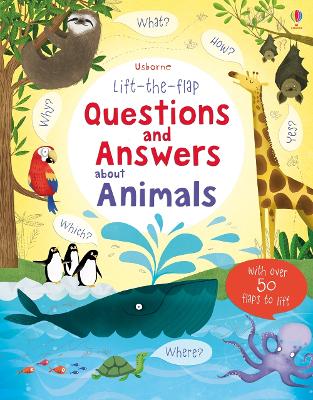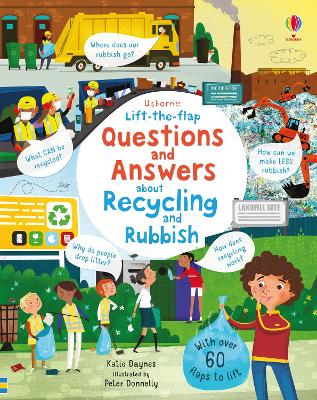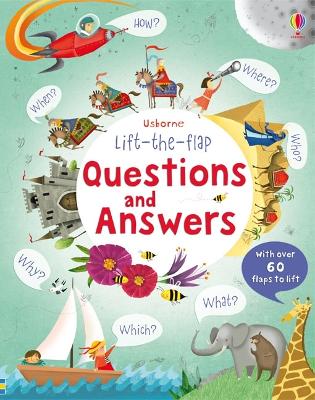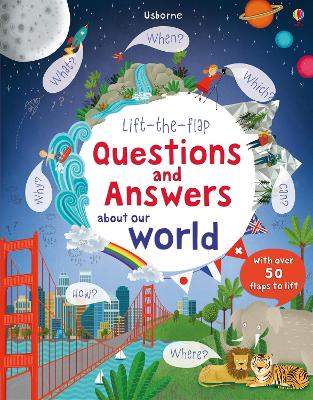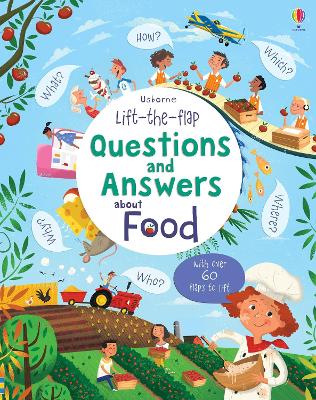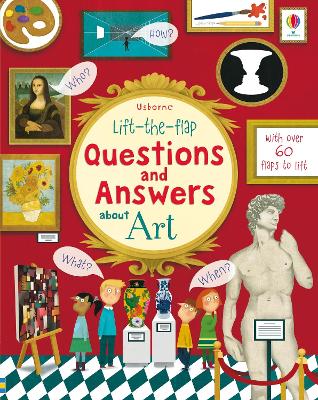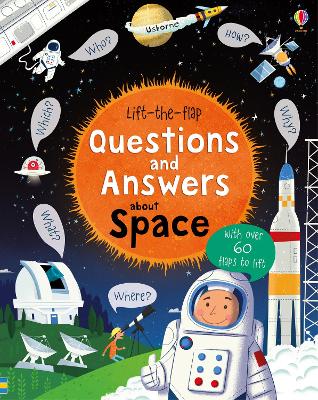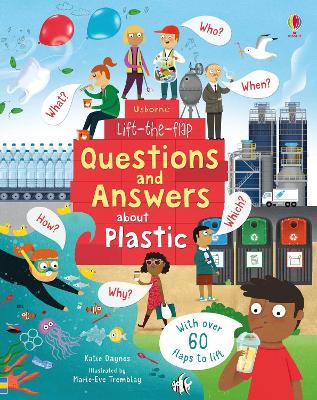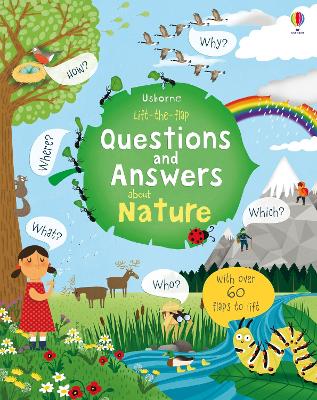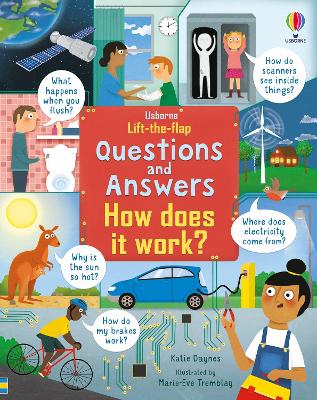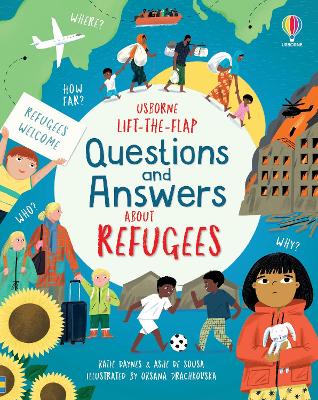Lift the Flap Questions and Answers
18 total works
Lift-the-flap Questions and Answers About Recycling and Rubbish
by Katie Daynes
A beautifully illustrated, geography book full of flaps to lift to find answers questions such as "When can I see a shooting star?", "Where is the tallest waterfall?", and "What are clouds made of?".
Over 50 flaps to lift answer who, what, when, why and where questions about the weather and seasons, countries and languages around the world, what the Earth is made of and lots more.
With a map of the world showing many of the features mentioned in the book.
